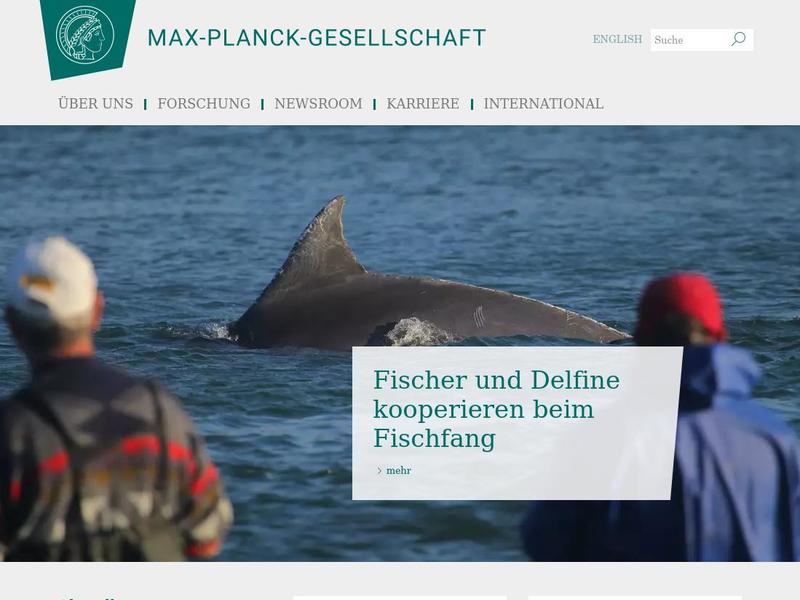The causative agent of African sleeping sickness, annually responsible for several thousands of deaths in Africa and South America, is a motile cell: it propels itself through its host’s bloodstream until – in the last stage of the disease – it overcomes the blood-brain-barrier and penetrates its victim’s brain. In order to fight this deadly disease, scientists are trying to understand the parasite’s exact patterns of movement. Researchers from the Max Planck Institute for Dynamics and Self-Organization (MPIDS) in Germany as well as from the Universities of Würzburg, Göttingen and Basel have now succeeded in identifying three different swimming modes. In addition, they were able to show for the first time, that these swimming modes correspond to the shape and stiffness of the parasite.
What is for sure, however, is that Trypanosoma’s method of moving forward is extremely

